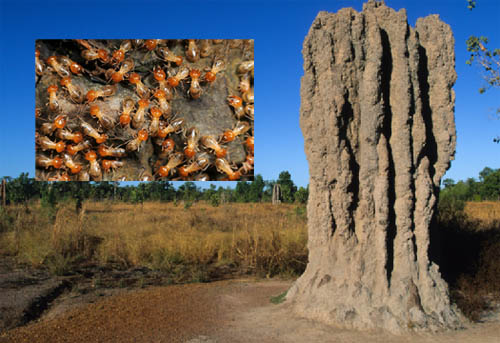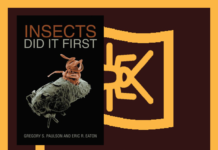How did huge, complex insect societies evolve from solitary ancestors? This was the case with termites and ants, which have the same eusocial lifestyle, including for instance a complex system of division of labor among workers and soldiers. New research sheds light on the molecular basis for the evolution of the eusocial lifestyle.
“This is, therefore, a classic case of convergent evolution: both groups evolved similar molecular mechanisms for a eusocial lifestyle under similar selection pressures,” says genomics expert Dr. Mark Harrison. The scientists found evidence for further convergence, including genes that play a role in the synthesis of hydrocarbons in the cuticle, the hard shell of insects. In contrast to the receptors, however, the signals seem to belong to the same class of substances as in ants.















